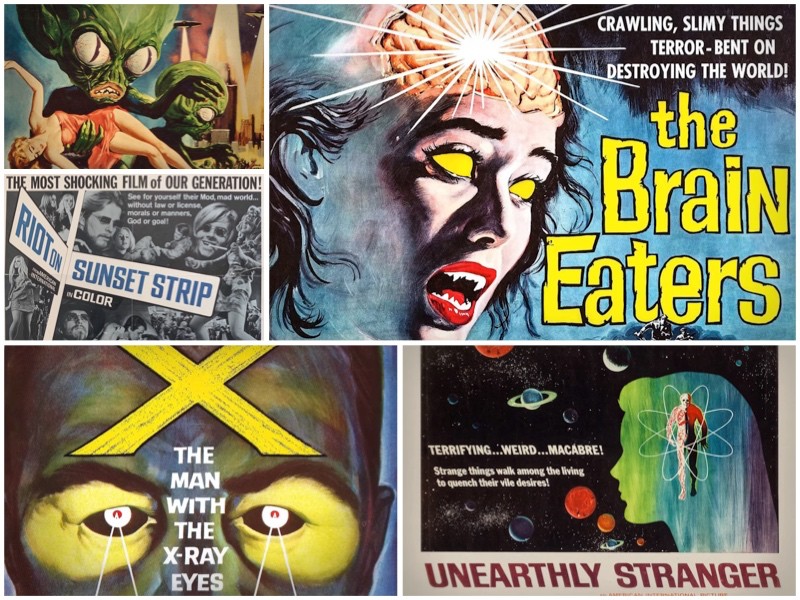Welcome to The Queue — your daily distraction of curated video content sourced from across the web. Today, we’re watching a video essay that unpacks how American International Pictures adopted a clickbait formula to put butts in seats.
From the perspective of the ever-evolving fresh hell of 2022, the term “clickbait” doesn’t have the greatest connotations. False advertising doesn’t exactly have a complimentary “yeah, but…” clause leeching off the end of it. There is also — among certain movie-goers — a gut-level revulsion towards anything that was obviously cooked up in a lab. By this I mean: films that were clearly conceived around a spacious board room table with profits and sequel potential in mind.
Realistically, this is how most of our media pipeline looks these days. This is especially true as the line between distributor and exhibitor continues to blur in the world of streaming. Was the latest Star War given the green light because its director had a vision or because it was part of a five-year plan concocted on a golf course?
If you’re looking for someone to blame for this backward approach to movie-making (or hey, maybe you’re not a cynic and you’re just curious), look no further than American International Pictures. A prominent B-Movie studio, AIP’s answer to the 1950s conundrum of how to get butts in seats was to start with a title, a gripping poster, and a hyperbolic tagline. Did the on-screen monster have to live up to the promise of the gargantuan monstrosity on the poster? Absolutely not. The important thing was to figure out how to hook people first. Actually making the darn film a reality came second.
While AIP’s reverse approach to filmmaking would have arguably pernicious effects in the following millennia, the strategy itself did produce some certified bangers. Roger Corman’s beatnik horror comedy A Bucket of Blood, George Miller’s Mad Max, and Mario Bava’s fantastical Planet of the Vampires are all genuinely incredible films. (It’s also worth mentioning that the great Larry Cohen — the man behind It’s Alive and The Stuff — was also famous for beginning with a film’s marketing and working backward).
But why did AIP adopt this strategy in the first place? And how did it become so prevalent? (Spoiler: it sells more tickets!). For answers press on to the video essay below:
Who made this?
This video on how American International Pictures marketed their films backward is by Andrew Saladino, who runs the Texas-based Royal Ocean Film Society. You can browse their back catalog of videos on their Vimeo account here. If Vimeo isn’t your speed, you can give them a follow on YouTube here.
More videos like this
- Here’s another essay by Royal Ocean Film Society that explores the cinematic influences of Paul Thomas Anderson‘s Licorice Pizza.
- And for another taste of Royal Ocean Film Society, on the subject of American Graffiti no less, on the wild 1979 sequel by director George Lucas.
- And another: an essay on three films that tell the story of Joe Dante‘s struggle with working for the big studios.
- And finally, from the Royal Ocean Film Society: a video essay about the films in which all-American everyman Jimmy Stewart played the villain.

